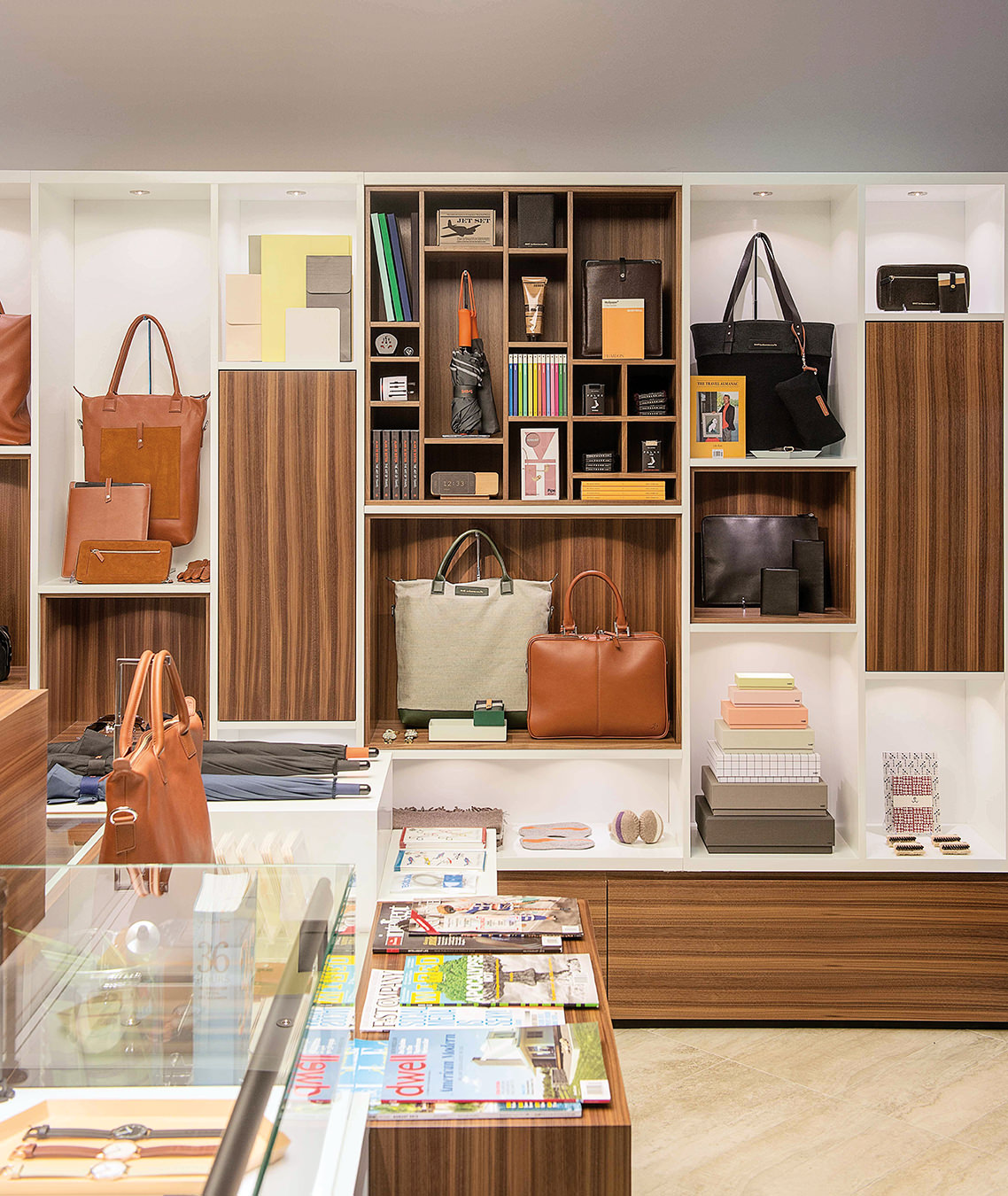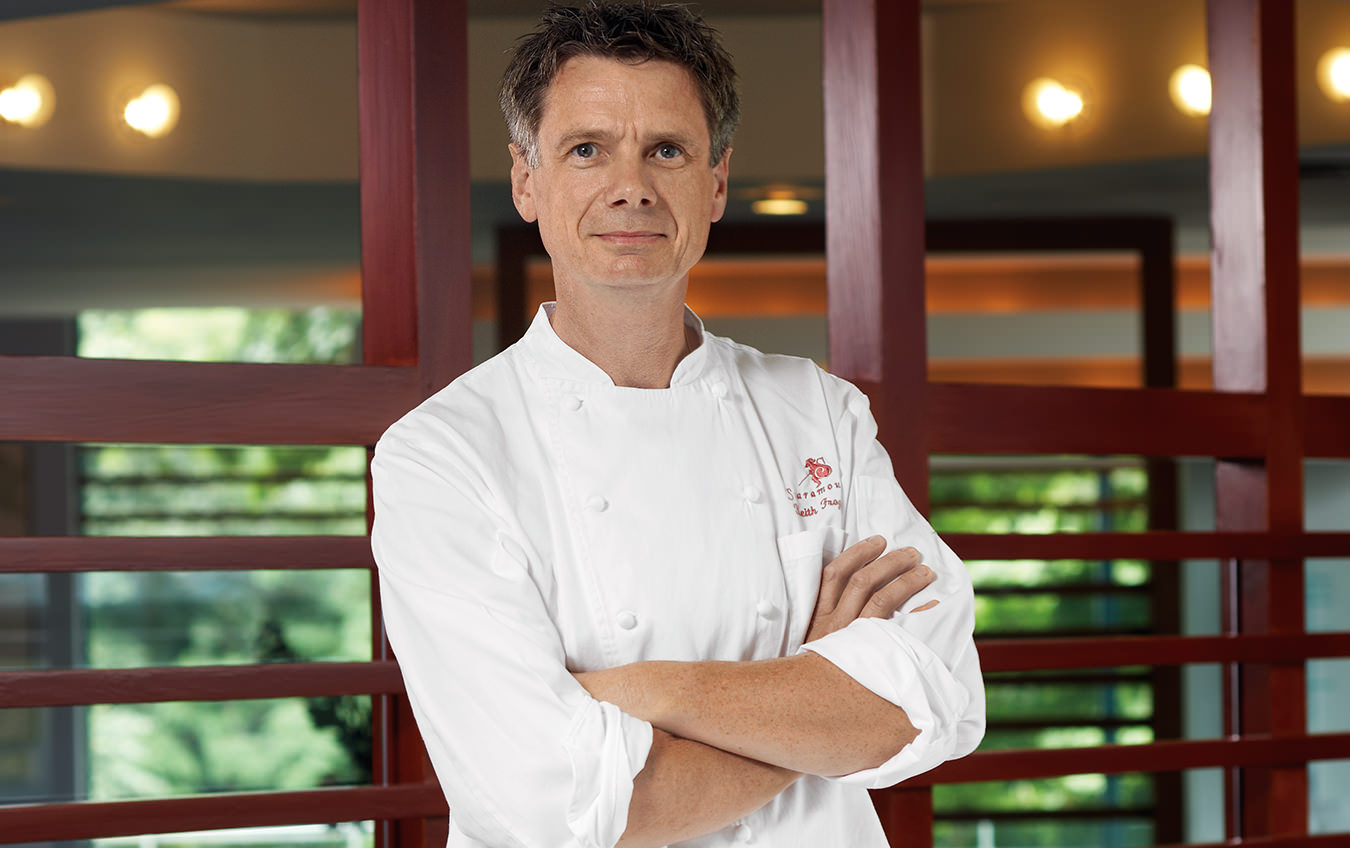Greater Toronto Art 2024 Showcases Standout Cultural Works
MOCA Toronto’s triennial exhibition is a microcosm of the local region’s social fabric.
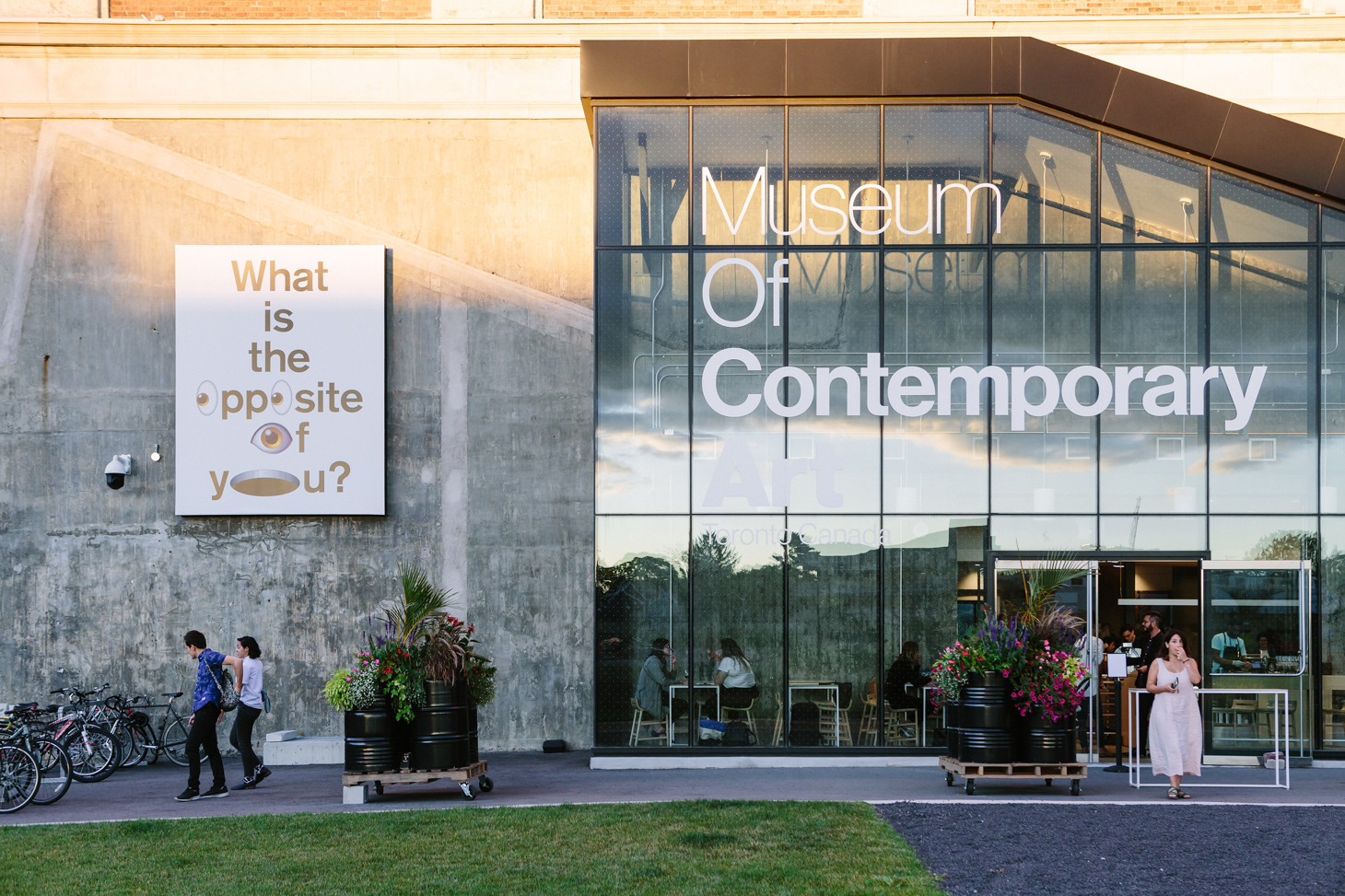
Photo by Gabriel Li
“You enter an elevator that leads to another world,” says the narrator in Sin Wai Kin’s video work A Dream of Wholeness in Parts (2021), one of the standout pieces in GTA24. The second edition of the Museum of Contemporary Art Toronto’s triennial exhibition is open to the public until July 28, 2024.
In the film, the Toronto-born, London-based artist, who was nominated for the 2022 Turner Prize, guides viewers through a story inspired by the 4th-century BCE Zhuangzhi allegory in which a philosopher wakes up uncertain of whether he is a man who dreamt he was a butterfly, or a butterfly dreaming he is a man. Wai Kin adopts drag personas inspired by traditional Chinese dramaturgy that explode gender constructs, and their cinematographic style references the aesthetic of contemporary Hong Kong director Wong Kar-wai.

A Dream of Wholeness in Parts Courtesy of Sin Wai Kin,, Chi-Wen Gallery, Taipei and Soft Opening, London
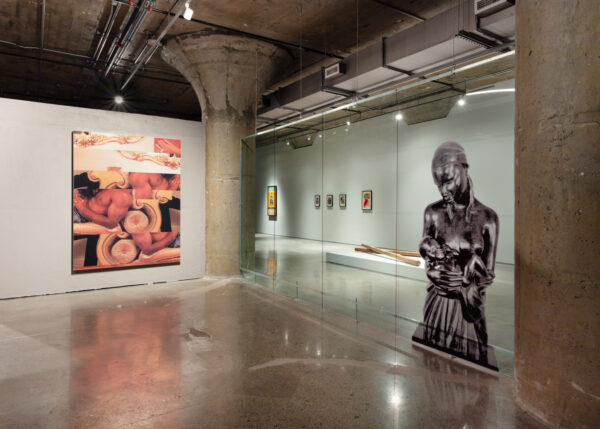
GTA24, installation view. Photo Courtesy of Timothy Yanick Hunter and MOCA Toronto
Visitors to the exhibition can enter and exit one of the museum’s two actual elevators or stairs to view Wai Kin’s work, which is installed on the second of the three floors that GTA24 spreads across. The triennial’s 25 participants form a web of connections linking to the vast, dense region amalgamated into the Greater Toronto Area, but they have each arrived via a unique social, political and cultural context. Through their artworks, viewers are granted access to myriad other worlds.
Curators Kate Wong, Ebony L. Haynes and Toleen Toluq conducted more than 70 studio visits over 2023 to assemble this intergenerational group of artists, whose works span painting, photography, drawing, sculpture, sound, video, installation and performance from the 1960s to the present day. The exhibition is accompanied by a live program of performances, a screening program, and a publication.
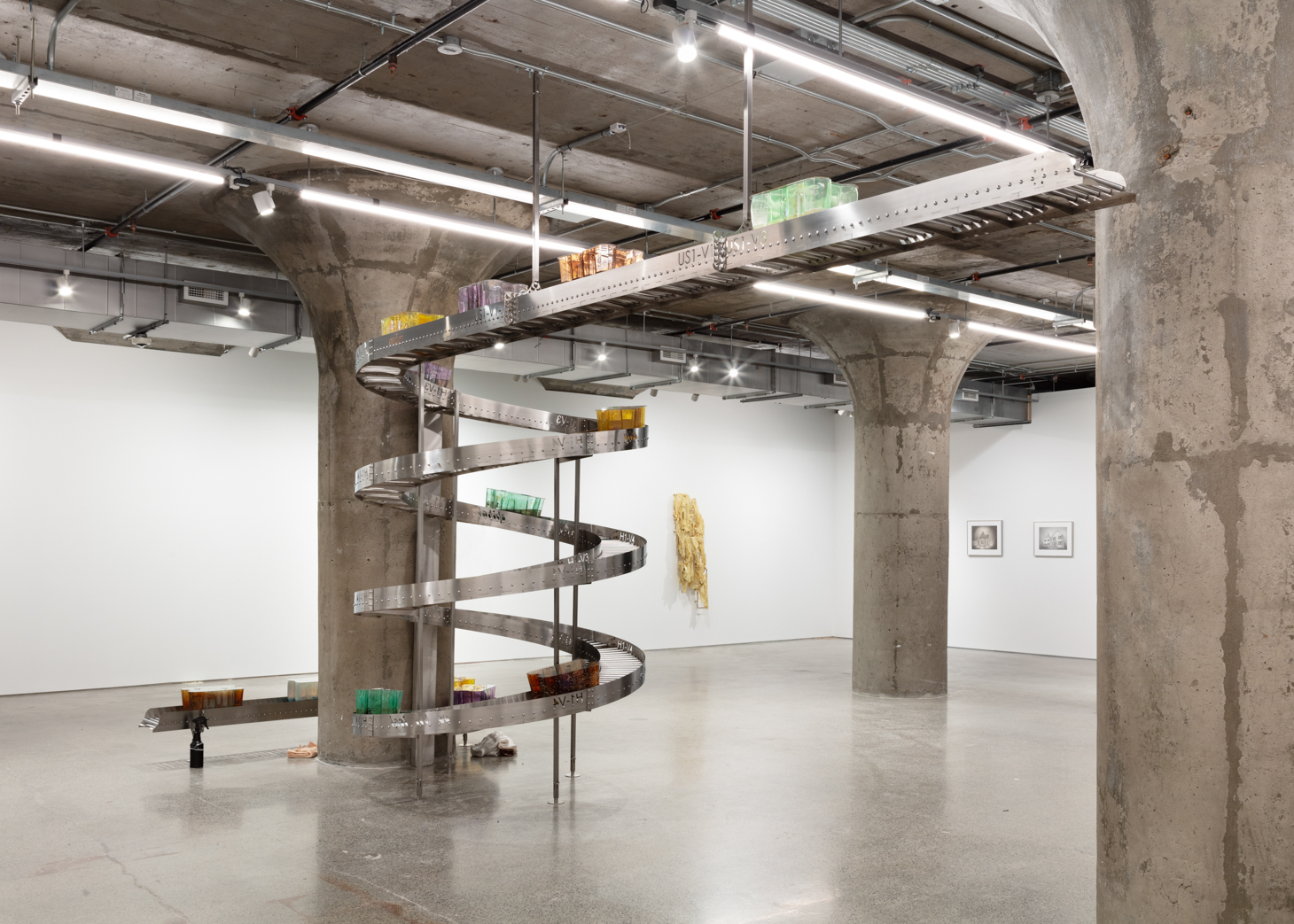
Catherine Telford Keogh, Jes Fan, G.B. Jones. GTA24, installation view, MOCA Toronto, 2024. Photo: LF Documentation. Courtesy of the artists and MOCA Toronto.
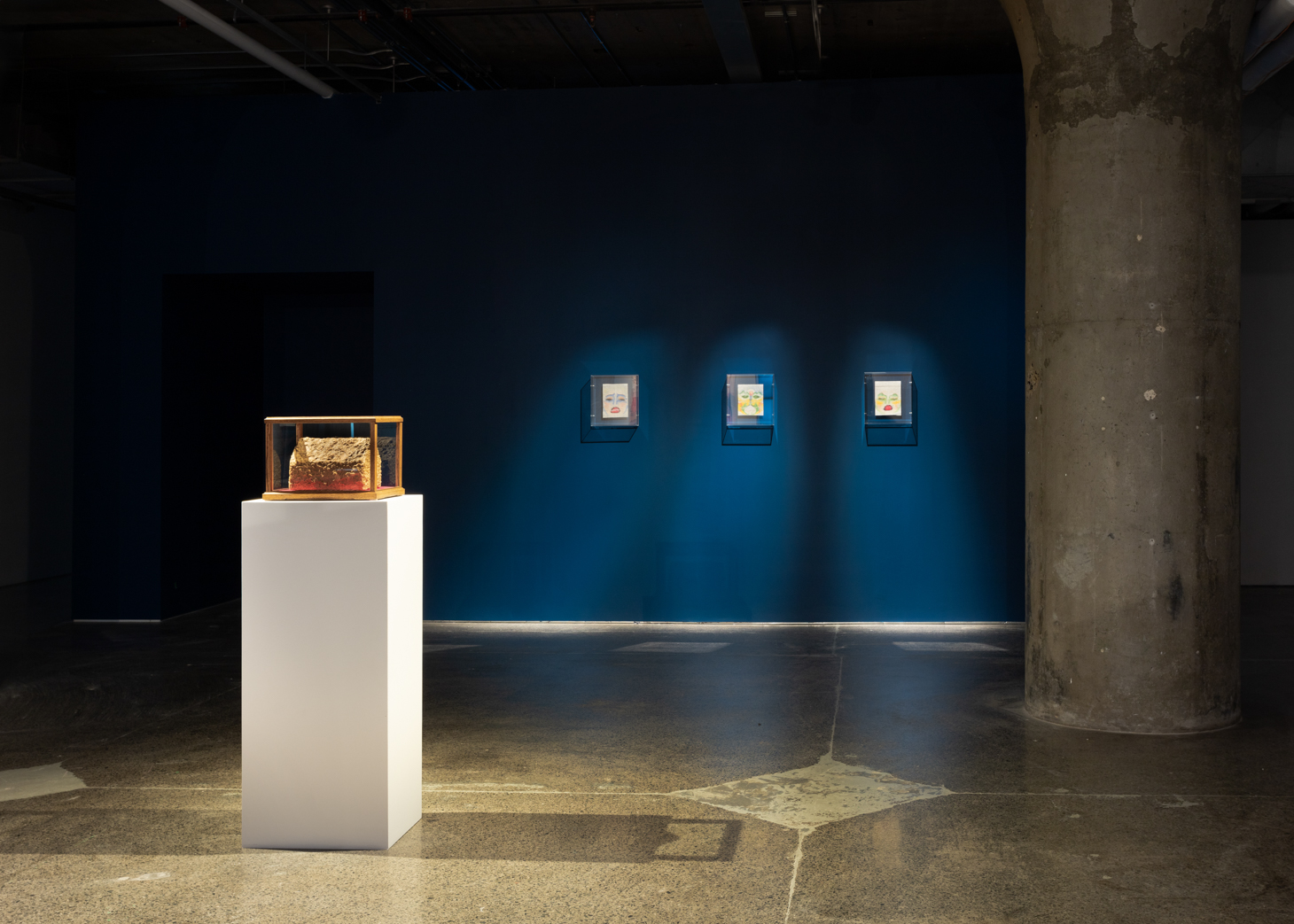
Yanick Hunter, P.Mansaram, Tim Whiten. GTA24, installation view, MOCA Toronto, 2024. Photo: LF Documentation. Courtesy of the artists and MOCA Toronto.
The previous edition of the triennial occurred in 2021, with most interactions among curators and artists conducted virtually. This year’s exhibition celebrates community and interconnectedness across time and space, with many of the artists making work about diasporic identity.
“This edition of GTA really thinks about the greater possibilities of the Greater Toronto Area. It proposes artistic language as a way of working with, on, and against dominant cultural forms,” says Wong,
Themes and motifs intersect throughout the exhibition and can be followed like a network of roads and forking pathways. In Wai Kin’s aforementioned film, a character named The Universe greedily slurps a bowl of noodle soup. Meanwhile, in artist Ésery Mondésir’s film What Happens to a Dream Deferred (2020), a group of Haitian friends prepare soup joumou, a squash dish eaten to celebrate Independence Day in Haiti. Elsewhere, find Iraq-born Sukaina Kubba’s Enclave Exclave (31–32 Oakville, Ontario) (2023–24), a monumental Persian rug, in conversation with US-born Tim Whiten’s Temno III (1995), a stack of cut carpets.
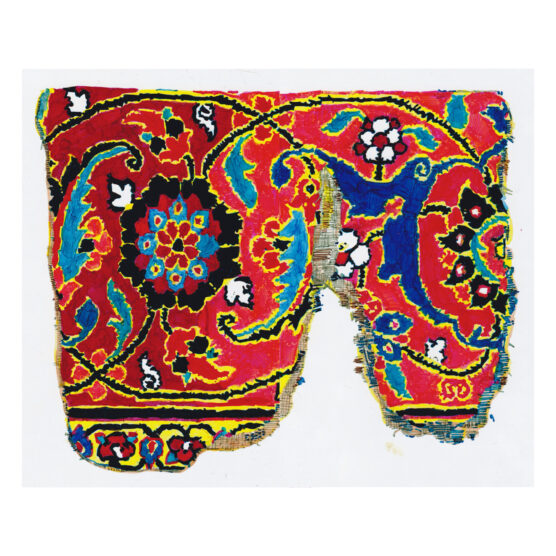
Sukaina Kubba, T80.0040, 2021, ink on acetate, 16” x 11”
Another work by Whiten, Tabernacle (1980)–a tiny plywood house studded with chewing gum–is one floor apart from Lotus L. Kang’s Receiver Transmitter (Butterfly) (2023–24), a galvanized-steel frame containing banal objects such as dried apple slices and aluminum anchovies. The objects “appear both rooted and displaced, invoking questions of home,” reads the artwork’s didactic panel. “How do we know when we belong?” Perhaps Kang’s titular butterfly recalls the character in the Taoist parable, who teaches that great learning can come from the radical questioning of our assumptions.



